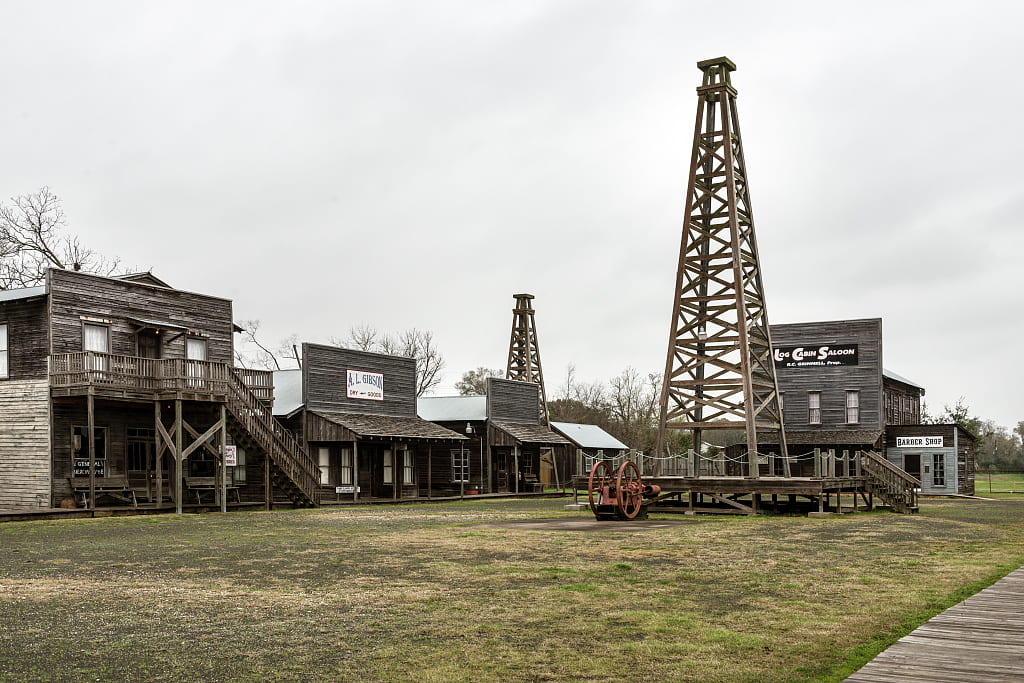“We were acting more like the Paris Commune than the American Revolution,” a particularly perceptive student noted after a chaotic class session in Fall 2021.
Our upper-division history course on the revolutionary era was nearing the midpoint of a four-week unit given over to Patriots, Loyalists, and Revolution in New York City, 1775-1776, a roleplaying game in the Reacting to the Past series.1 By this point, the students to whom I assigned roles in the Provincial Congress—just over half of the class—had already voted to expel a loyalist from their body. Pressing this advantage, a pro-patriot faction rushed through a slate of increasingly implausible bills. Our legislature instituted strict price controls, abolished slavery, and voted unanimously to introduce women’s suffrage.
So much for verisimilitude.
Reenacting historical events in a classroom creates opportunities for anachronism that can seem terrifying for those of us trained in the supremely cautious rigors of academic history. The game’s designer, Bill Offutt, suggests strategies to keep the range of “possible counterfactual outcomes” within a limited “plausibility corridor.” Amidst the noise and frantic activity of a burgeoning revolution, I—as “Gamemaster”—had to contend with a nagging sense that I might be leading my class astray. How could students have departed so dramatically, I wondered, from the context and instructions provided to each individual character? What, if anything, were we learning about the history of this period?
I first taught Offutt’s game in Fall 2018, my third semester in the history department at Lamar University in Beaumont, Texas. A regional campus within the public Texas State University system, Lamar serves a majority-minority student population, few of whom see themselves as direct inheritors of the revolution and its ideologies. Our campus sits about a mile from the site of the Spindletop Gusher that sparked the Texas oil boom. To this day, refineries visible from campus generate huge profits for shareholders around the globe, a constant visual reminder of both climate change and economic inequality.

In the context of 2021, roleplaying revolution took on a range of new resonances. Abundant evidence of partisan polarization—touching everything from COVID vaccines to history curricula—echoed the ways in which colonial protests infused everyday decisions with political significance. The January 6 attack on the U.S. Capitol made real the possibility that mob violence might disrupt the operations of our political institutions. I felt compelled to rethink my approach.2 Patriots, Loyalists, and Revolution is designed to foreground the importance of both ideas and historical contingency to the lived experience of revolution. The assigned readings, essays, and speeches that structure the first few game sessions focus on the writings of John Locke. As the game unfolds, additional variables introduce opportunities for “chaos, disruption, loss of privacy, and fear of victimization.”3 Recognizing that the combination of early modern political philosophy and public speaking would alienate a significant part of our class, I decided to encourage students to take steps that would question, disrupt, and subvert the basic procedures around which the game is organized.

This strategy worked, albeit in ways I never anticipated. With a little encouragement, students started proposing creative solutions to the challenges of revolutionary politics. Could the legislature vote to expel one of its members? “Let’s find out,” I replied. Soon, the various factions were discussing boycotts, filing petitions, seeking arrest warrants, and peppering me with questions. I encouraged one loyalist, for example, to file a writ of habeas corpus to challenge an indefinite arrest. Others hijacked the procedures for a mob action to form a posse comitatus. In a stunning reversal, a broad coalition voted to declare the patriot leader, Robert Livingston, guilty of unspecified crimes against the state on penalty of death, seizing his property to finance a new paper currency. None of these actions were part of the game as originally conceived, but they pushed everyone in our class to learn more about New York on the brink of revolution.

With so much going on in the classroom, students frequently acted in ways that ran counter to the views and interests of the people they represented. With little debate, our Provincial Congress abolished slavery and established full civil rights for newly freed Black men. In this instance, I followed Offutt’s instructions for what he terms “Odd Results Avoidance.” A vote for immediate emancipation, Offutt suggests, would likely have fractured the fragile alliance between the rebellious colonies with severe political and economic ramifications for New Yorkers. Thus warned, the assembly voted to reinstate slavery, itself an almost inconceivably disruptive step.4 Despite such interventions, nearly every student, regardless of faction or role, skewed insistently toward the most egalitarian outcomes.
On balance, the benefits of this approach significantly outweighed the costs. We devoted the bulk of the “Debriefing Session” at the conclusion of the game to discussing how and why our reenactment departed from the historical record. These counterfactual scenarios served as meaningful points of reference for the rest of the semester. Having debated price controls, for example, students needed little explanation to comprehend the economic pressures that inspired Shays’ Rebellion. Similarly, the procedural fine print in Article I of the Constitution took on much greater significance having witnessed the peril inherent to a bill of attainder.
Coming to terms with the possibility of “ahistorical outcomes” created space for our class to take ownership of the game and, with it, the history of the revolution we reenacted.

Brendan Gillis (he/him) is an Assistant Professor of History at Lamar University in Beaumont, Texas, where he also serves as Assistant Director of the Center for History and Culture of Southeast Texas and the Upper Gulf Coast. A cultural historian of law and local government across the British empire, he is currently completing a book manuscript entitled “Empire of Peace: A Global History of the British Magistrate, 1660-1835.”
Links to Other Teaching with Games Roundtable Posts:
The Royal Geographical Pastime: A Game from 1770 – Holly Brewer
Indigenous Perspectives and Historical Empathy – Maeve Kane
Gaming the Framing: To Teach the Convention, the Constitution, and the Founding – John Patrick Coby
Reacting to the Past for Early Americanists – Elizabeth George
Building Student Engagement with Reacting to the Past – Christopher E. Hendricks
Harnessing Competitiveness for Good in RTTP Games – Brett Palfreyman
See the Q&A feature for a summary of the roundtable’s key ideas.
- Bill Offutt, Patriots, Loyalists, and Revolution in New York City, 1775-1776, 2nd ed. (New York: W. W. Norton, 2015). ↩
- Fortuitously, our game fell between peaks brought on by the Delta and Omicron variants of COVID-19. Nevertheless, I modified the game to allow for students to participate either virtually or in person, and repeatedly emphasized parallels between the constraints on our classroom interactions and the effects of the smallpox epidemic that swept across North America in the 1770s. For more on this topic, see Elizabeth Fenn, Pox Americana: The Great Smallpox Epidemic of 1775-1782 (New York: Hill and Wang, 2002). ↩
- Offutt, “Instructor Guide,” for Patriots, Loyalists, and Revolution, 6. ↩
- Offutt, “Instructor Guide,” 31. The handout discussed here is Handout 4.5. ↩

